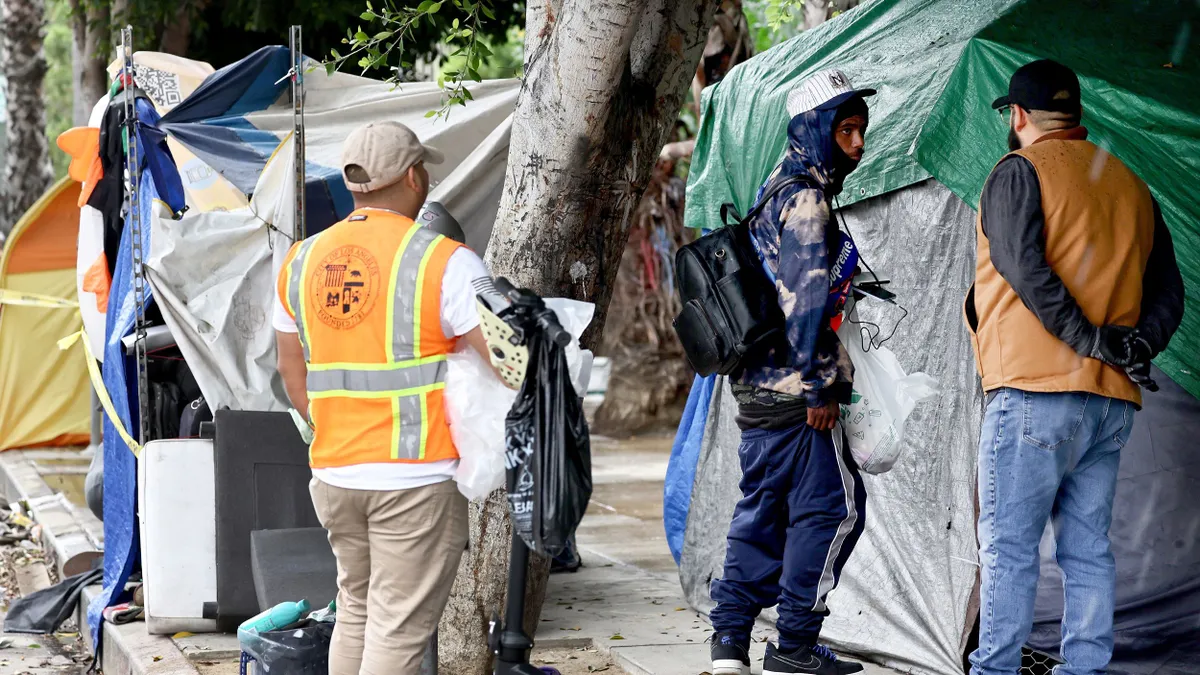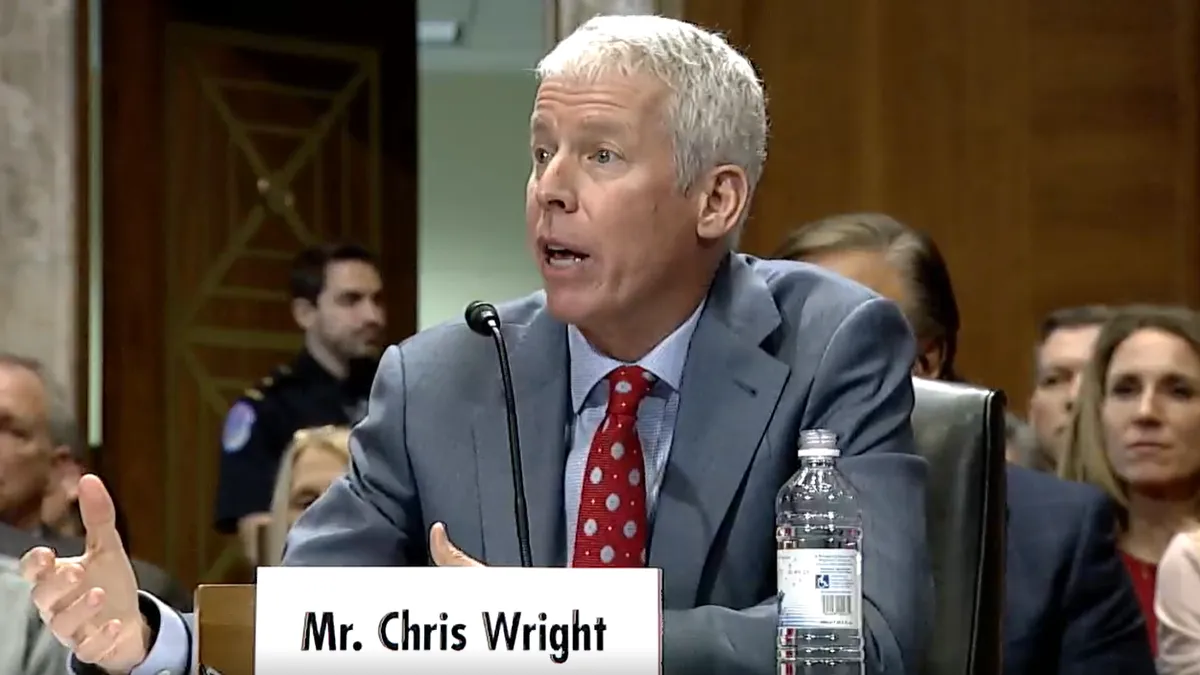Visions for the utility grid of tomorrow often include armies of smaller resources connected and helping balance supply and demand. For example, grid services that might be supplied by an electric vehicle.
As EV adoption picks up speed and utilities learn to incorporate them as grid management resources, the sheer volume of data moving around will grow exponentially. A home charging station might participate in demand response programs, provide services to the grid, and purchase energy from a nearby solar generator. Each of those tiny transactions has a cost, and it takes time to settle the ledger.
Regardless of the size of the grid — whether a microgrid with a few hundred users or a regional grid with millions of users — grid complexity is about to rise.
Enter, Blockchain, which has been widely touted for its ability to revolutionize everything from currency and financial transactions to balancing the grid and energy trading. Blockchain is essentially a distributed ledger technology that allows for validation of transactions rapidly, cheaply and publicly, helping reduce data risks and speeding the authentication process. It can eliminate the need for a centralized approach to market clearing and trusted third parties, opening the way for a transactive energy environment where balancing is constant and security inherent.
Transaction costs
Transactive energy platforms may be the future, but they won't have a centralized market function, according to Stuart Ravens, principal research analyst at Navigant Research. "It would just be too expensive. The transaction costs would far outweigh the potential profits. So it all has to be automated," he said.
Energy trading today is typically done in large blocks — megawatts. But if energy trading occurs between consumers and "prosumers" — those who both produce and consume energy — it could include rooftop solar arrays of just a few kilowatts. That means transaction costs would make up a much larger portion of the entire deal.
"If you have high transaction costs, it puts constraints on the size of the deal you can make," said Johnathon de Villier, a Navigant research analyst. "So when you start talking about potentially giving prosumers — at residential scale — access to markets, the transaction costs just makes that totally impossible. ... The transaction costs could potentially be more than the value of the thing you're actually trading."
Ravens notes that "energy trading requires a fair amount of mediation and it needs that centralized market control." And settlement — ensuring the energy was delivered and everyone got paid — can take weeks for some products. "Blockchain can do away with all of that ... I hesitate to use the term 'real-time,' because it definitely won't be, but you can settle the market far quicker, and open the market up to much smaller participants," Ravens said.
Building a platform
If blockchain is a technology, how do parties actually connect and trade?
A blockchain is a series of logic statements that make up self-executing contracts. They are commonly known as "smart contracts." But according to LO3 Energy CEO Lawrence Orsini, that's a misnomer.
"The real 'smart' is in building and layering those so they can provide function at the grid edge," Orsini said. "If you can layer these contracts and build out relatively complex logic processes that provide services, there is some real interesting value there."
“Do we really need blockchain for wholesale power trading? No one is really complaining abut the timing or cost of those transactions. It's such early days for [blockchain and] wholesale power trading — it could be a roaring success or a massive failure."

Stuart Ravens
Principal Research Analyst, Navigant
LO3 Energy is developing about 50 transactive energy projects worldwide, but the one generating the most buzz is Brooklyn Microgrid.
About 60 people in the Park Slope neighborhood are involved in a peer-to-peer trading network that allows for very specific energy transactions. A customer could specify, for instance, they wanted to purchase solar energy from a neighbor across the street.
LO3 has also developed the platform that enables all of this to happen. Formally launched in November, "Exergy" is a blockchain software and transactive energy system that, as the company puts it, generates and utilizes "the data required to enable price as a proxy for control and optimal operation of electric power systems."
LO3 is not an energy company, Orsini said. "We are a tech company focused on transforming a market." And with significant changes looming over the energy industry, he said those markets will be forced to change.
Another group building a platform is the Energy Web Foundation, a global non-profit focused on accelerating blockchain technology across the energy sector. Created by Rocky Mountain Institute and Grid Singularity, the group is working to develop market standards that will help align blockchain efforts.
The group has developed a testing environment, called Tobalaba, where companies and organizations can develop blockchain applications. Several affiliates accepted roles as network validators, settling on standards by whitelisting certain smart contracts. Validators include Shell, Statoil, Engie and Tokyo Electric Power, among others.
Energy Web Foundation's Oriol Pujoldevall said Tobalaba is "gaining a lot of momentum."
"There's a growing community around the platform of both innovative startups and affiliates, and there are currently more than 25 companies building their tech on our platform," Pujoldevall told Utility Dive.
As improvements are made to the environment, the Energy Web Foundation expects it will be capable of processing more than 1 million transactions per second.
Brooklyn Micgrogrid
Orsini is cautious when he speaks about the Brooklyn Microgrid. It is one of dozens of projects LO3 is working on worldwide, but garners most of the media attention. And he says the company has spent significant resources working on not just the technology but also the legal and regulatory structure to make it work.
Ultimately, consumers will receive just one bill, from Consolidated Edison which owns the wires, while Brooklyn Microgrid will be the energy supplier. The system has approximately 50 prosumers, and 750 participants overall.
Orsini demurred when asked how the system fits into New York regulations. "We are continuing to meet with regulators in the U.S. and abroad. We are keeping our decisions closed for now as we believe this is a competitive advantage," he wrote in an email.
Currently, transactions on the Brooklyn Microgrid grid are settled via PayPal.
"It has taken quite a bit of money with some expensive attorneys to figure out how to fit this within the existing regulatory frame, but you can be sure the real value is in evolving that regulatory framework so that it allows some of these new value streams to be recognized in the market," he said.
It's not clear where LO3's project fits into New York's changing energy landscape. Company officials have had discussions with the Department of Public Utilities, but a representative for the DPU said the company has yet to make any regulatory submissions.
Blockchain could help utilities manage EVs
Regardless of the size of the grid, it is clear that the Internet of Things will connect more and more devices to it.
Consider that last year, research firm Gartner Inc. forecast the number of "connected devices" worldwide would rise from about 6.3 billion in 2016 to 20.4 billion by 2020. Most of those may not be big energy-intensive devices, but the rapid growth gives an indication of the complexity involved. And as connected devices proliferate at the grid edge, many will require the attention of utilities.
"That's what will really break the utility model: EVs starting to come out at scale. There will have to be something done to make the grid more resilient, more transactive, and fast acting ."

Lawrence Orsini
CEO, LO3
Here's one figure the utility industry is watching closely: The Edison Electric Institute last year predicted a rapid period of growth for plug-in electric vehicle sales. EEI estimates 7 million of the zero-emissions vehicles will be on the road by 2025 — up from 567,000 at the end of 2016.
Utilities are preparing for the electrification of the transportation industry, representing both significant new demand and a complicated distributed resource to be managed.
"That's what will really break the utility model: EVs starting to come out at scale," Orsini said. "There will have to be something done to make the grid more resilient, more transactive, and fast acting ... the grid just can't continue to operate the way it does with that many variable loads running around at the grid edge."
Here, blockchain technology will show its strengths in multiple ways, analysts say.
"I think it's really key to recognize that financial transactions are not the only thing that can go in a blockchain," Navigant's de Villier said. "One of the other uses is unique device identification."
"If you want to start talking about leveraging the power that is in electric vehicles as dispatchable resources or for flexibility services … you need a way for the grid and vehicle to interact," de Villier said. "And they need to be able to interact autonomously and securely in a way that is verifiable. Having a unique vehicle device and charging infrastructure, you can use blockchain's smart contract capabilities to enable those."
Where does blockchain go next?
There are several possible uses of blockchain in the energy space, all hinging on the technology's ability to deal with reams of complicated information in a distributed manner. And they would have impacts up and down the utility value chain, from a prosumer with a few extra KWh to megawatts from large renewable projects.
In addition to uses in the EV and microgrid space, the cost and time necessary to create and trade renewable energy certificates or carbon credits could be significantly cut, as the tracking, authentication and validation would happen immediately and publicly. Wholesale energy markets could be made more efficient. Neighbors could trade power with one another, avoiding line loss.
The name of LO3's platform, Exergy, is derived from some of these ideas. Exergy is the amount of energy that is actually available to be used, and Orsini said if you focus on that, then the electric grid starts to look very different than if you are primarily thinking about generation.
"If you shift the focus to exergy, the grid immediately realigns around far more useful ideas," Orsini said. "Closer is better — even from an economic perspective. If I don't need to use all those wires to move energy back and forth, that's a whole lot of embedded infrastructure costs I don't have to pay to build or maintain."
Blockchain may be abstract and difficult to envision, but the end result Orsini describes will sound familiar to those in the utility industry. "The grid can be built smaller, more resilient, and for far less cost," he said.
But the industry is still a few years away from these ideas taking hold, said Navigant's Ravens. There will be successes and missteps along the way. Most utilities are heavily invested in their traditional trading and risk management systems. "To shift onto a blockchain platform, there might not be much appetite for that," he said.
Some potential uses, like wholesale power trading, might not prove to be worthwhile. "But I think you are going to get a handful of really interesting use cases," Ravens said.
“Do we really need blockchain for wholesale power trading? No one is really complaining abut the timing or cost of those transactions," he said. “It's such early days for [blockchain and] wholesale power trading — it could be a roaring success or a massive failure. We really wont know."





















